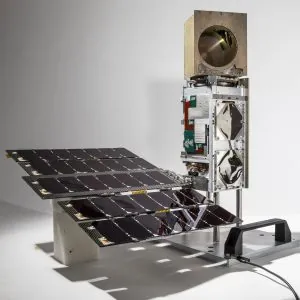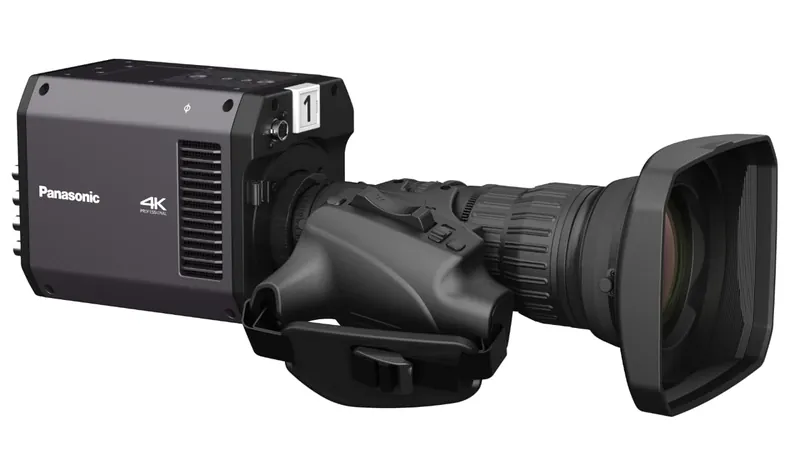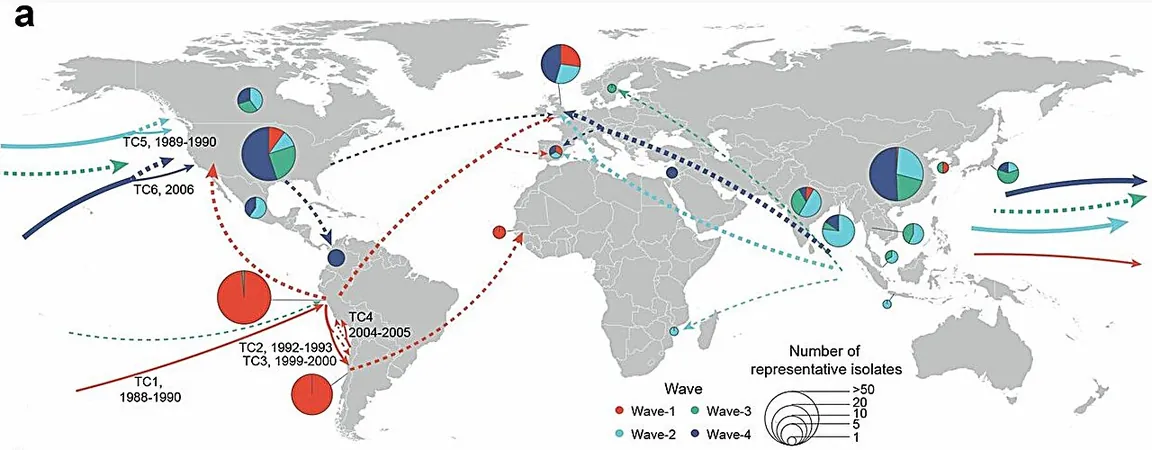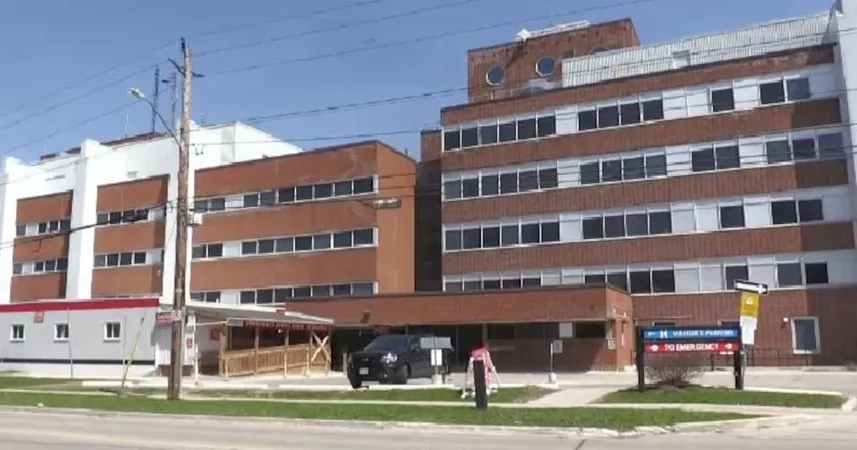
NASA's Storm-Sensing Technology Storms into the Commercial Sphere
2025-09-02
Author: Emma
NASA's Innovative Leap into Weather Satellites
For over six decades, NASA has been at the forefront of technology, turning groundbreaking research into life-changing commercial products—think cochlear implants and memory foam mattresses. Now, their latest innovation, designed to probe storm systems, is set to revolutionize commercial weather satellites.
Initially developed for TROPICS (Time-Resolved Observations of Precipitation structure and storm Intensity with a Constellation of SmallSats), which launched in 2023, the device has found a home in commercial satellites thanks to Tomorrow.io, a Boston-based weather technology firm.
Revolutionizing Weather Forecasting
The atmospheric sounder serves as a groundbreaking tool, capturing vital data on humidity, temperature, and wind speed—key elements in effective weather forecasting. By operating from low-Earth orbit, these devices enhance air travel safety, optimize shipping logistics, and ensure more reliable severe weather alerts.
The Quest for Miniaturization
Back in the early 2000s, meteorologists were on a mission to find a powerful tool capable of observing storm dynamics multiple times a day. Enter the CubeSat—compact, affordable satellites that promised to boost the frequency of data collection, improving weather model accuracy.
However, the challenge lay in creating a device small enough to fit in a toaster yet robust enough to glean crucial insights from within storm systems. After years of work, MIT’s William Blackwell and his team rose to the challenge, miniaturizing atmospheric sounders.
Breaking Barriers with Compact Technology
With support from NASA’s Earth Science Technology Office, Blackwell’s team designed an ultra-compact microwave receiver, shrinking a device once the size of a washing machine to something as small as a coffee mug. This innovation was a game-changer, allowing the atmospheric sounder to fit aboard CubeSats, and in 2023, these units began collecting rich data from severe storms worldwide.
Transitioning from NASA to Commercial Enterprise
As TROPICS was gearing up for launch, Tomorrow.io had its eyes set on using Blackwell’s receiver technology in its own weather satellites. In 2022, the company collaborated with Blackwell to adapt the design to a larger CubeSat, enhancing sensor capabilities.
The new Tomorrow-S1 and Tomorrow-S2 atmospheric sounders launched in 2024, with a goal to establish a complete constellation by the end of 2025. This fleet will significantly increase the frequency of data collection, enabling a revisit rate of under an hour for more accurate weather forecasting—crucial for timely alerts on severe weather events.
A Successful Partnership: NASA and Industry
The collaboration between NASA and commercial companies signifies a win-win: while NASA fosters innovation through its research programs, industries gain access to advanced technologies that might otherwise be out of reach. In return, NASA collects valuable data that enhances its own scientific missions.
Tomorrow.io is among the eight companies selected by NASA’s Commercial SmallSat Data Acquisition program to provide data that will refine weather forecasting models. It’s a classic success story of technology transfer—where a government agency and tech firms turn visionary concepts into powerful realities.









 Brasil (PT)
Brasil (PT)
 Canada (EN)
Canada (EN)
 Chile (ES)
Chile (ES)
 Česko (CS)
Česko (CS)
 대한민국 (KO)
대한민국 (KO)
 España (ES)
España (ES)
 France (FR)
France (FR)
 Hong Kong (EN)
Hong Kong (EN)
 Italia (IT)
Italia (IT)
 日本 (JA)
日本 (JA)
 Magyarország (HU)
Magyarország (HU)
 Norge (NO)
Norge (NO)
 Polska (PL)
Polska (PL)
 Schweiz (DE)
Schweiz (DE)
 Singapore (EN)
Singapore (EN)
 Sverige (SV)
Sverige (SV)
 Suomi (FI)
Suomi (FI)
 Türkiye (TR)
Türkiye (TR)
 الإمارات العربية المتحدة (AR)
الإمارات العربية المتحدة (AR)